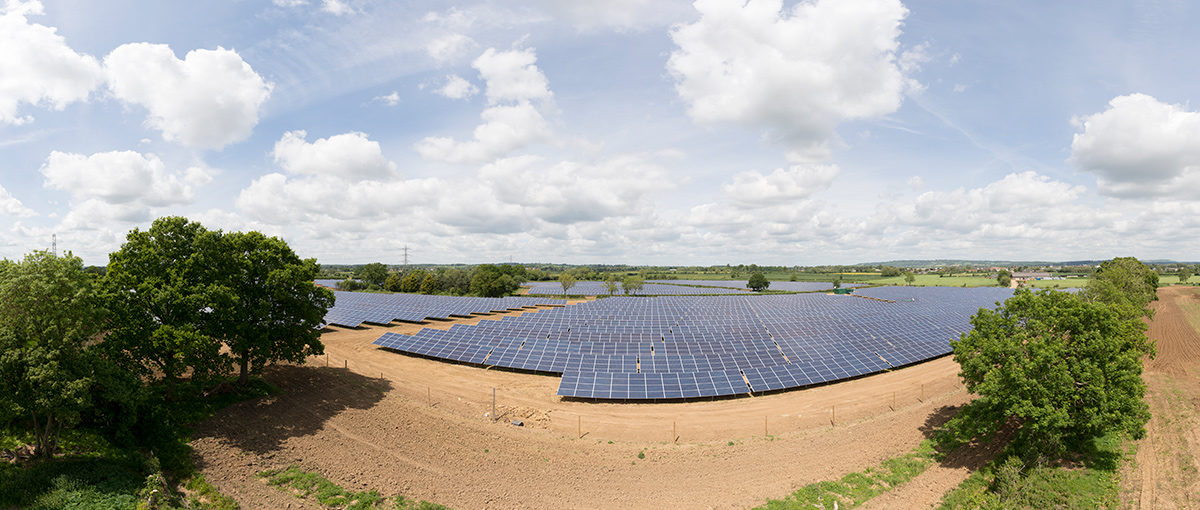While their image still needs some work, green tariffs are starting to dominate the U.K.’s energy landscape.
According to uSwitch, a British online and telephone price comparison and switching service, not only are five of the 10 cheapest tariffs on the market termed eco-friendly, but they are also, on average, £267 cheaper than the big six’s – British Gas, EDF Energy, E.ON, Npower, Scottish Power, and SSE – standard tariffs, which are said to be £1,213.
“The cheapest green energy tariff available today comes in at just £859 per year, a whopping £278 cheaper than the average big six plan and £354 less than the average price of a big six standard variable tariff,” it writes in a statement released.

uSwitch
In comparison to last summer, it continues, where 36 green tariffs were offered, there are now 57 available on the market.
“Renewable electricity and bio-gas are now more plentiful and cheaper as green sources make up an ever-increasing proportion of the UK’s energy mix,” says uSwitch, adding, “This has led to competitive pricing and a greater choice of eco-tariffs as more challenger brands seek to differentiate themselves by promoting their environmentally-friendly credentials.”
Due to this, nearly four in 10 households (38% of respondents) would consider switching to a green tariff – up 10% on 2017 – according to research by Opinium, conducted among 2,007 U.K. bill payers this March 9-13.
Despite the good news, there are many green tariff skeptics. 42% of the respondents surveyed by Opinium believed them to be more expensive that other tariffs, while 58% said they are unlikely to switch to a green tariff; and 30% said they didn’t trust the green suppliers over the regular big 6.
“With green energy tariffs now featuring heavily in the best-buy tables, planet-friendly deals are no longer an expensive luxury for those who can afford to pay for their principles,” says Shona Eyre, uSwitch energy expert. She continued, “This is why it’s so important that policy changes like the energy price cap don’t undermine this expansion by deterring consumers from switching and suppliers from innovating.”
UK renewables
2017 saw the U.K. take a marked step forward towards renewables and away from coal and gas. In the Digest of United Kingdom Energy Statistics 2018, the government document showed that while fossil fuels were still clearly the leading source of electricity generation in the country last year, at 80.1%, their grip is loosening, with renewables increasingly picking up the slack.
In mid-July, meanwhile, the country last week surpassed 1,000 hours without using coal this year, up from 624 hours in the whole of 2017, and just 210 hours in 2016.
Overall, cumulative renewables capcity in the U.K. stood at 38.9 GW at the end of 2017, of which solar PV accounts for around 12.9 GW.
This content is protected by copyright and may not be reused. If you want to cooperate with us and would like to reuse some of our content, please contact: editors@pv-magazine.com.




By submitting this form you agree to pv magazine using your data for the purposes of publishing your comment.
Your personal data will only be disclosed or otherwise transmitted to third parties for the purposes of spam filtering or if this is necessary for technical maintenance of the website. Any other transfer to third parties will not take place unless this is justified on the basis of applicable data protection regulations or if pv magazine is legally obliged to do so.
You may revoke this consent at any time with effect for the future, in which case your personal data will be deleted immediately. Otherwise, your data will be deleted if pv magazine has processed your request or the purpose of data storage is fulfilled.
Further information on data privacy can be found in our Data Protection Policy.